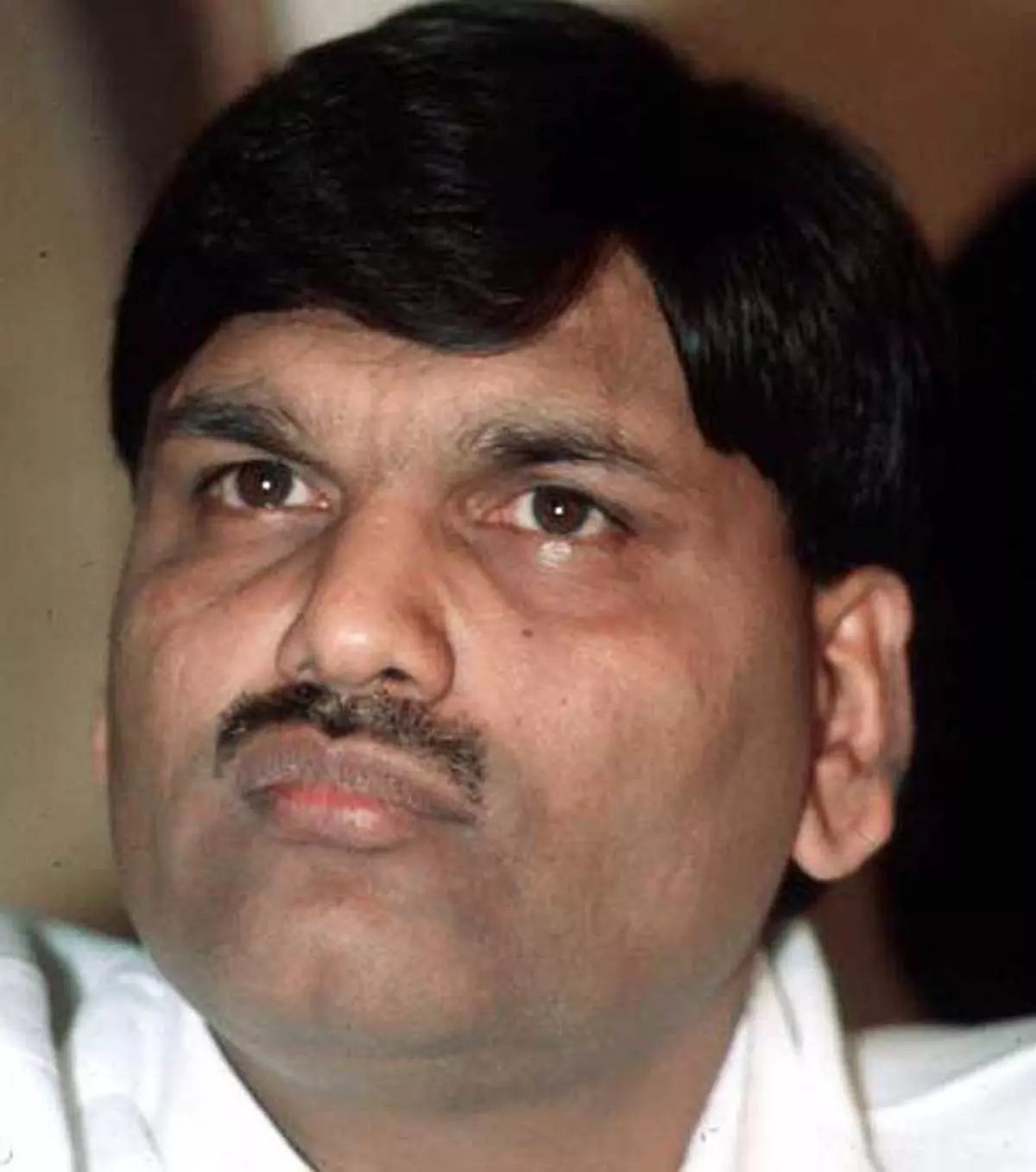Author: A. Sneha Sree, Damodaram Sanjaya National Law University
To the Point
The Supreme Court’s judgement in the case of “All India Judges Association & Ors. v. Union of India & Ors.(2025)” has become a judicial milestone in reforming the recruitment and promotion processes within the subordinate judiciary. In a clear and forward-looking manner, the Court reinstated a mandatory requirement of three years of practice as an advocate—or equivalent legal experience—as a precondition for appointment to the Civil Judge (Junior Division) post. This marked a departure from previous trends where fresh law graduates were allowed to appear directly after completing their degree. The Court while addressing promotional stagnation by revived a 25% quota for promotions through Limited Departmental Competitive Examination (LDCE) for the post of District Judge which was previously reduced to 10% by a 2010 judgement. And in addition to that, a 10% LDCE-based fast-track promotion from Civil Judge (Junior Division) to Civil Judge (Senior Division) was introduced, emphasizing more on merit and efficiency.
Further, the Court emphasized that all quotas must be calculated based on the total cadre strength, not the number of annual vacancies, a distinction that ensures fairness and consistency. It also directed that promotions through the remaining 65% merit-cum-seniority route must be subject to a structured “suitability test,” assessing judges’ practical performance and legal acumen. These reforms aim to strengthen the judiciary from its roots, ensuring that only competent and adequately experienced individuals are appointed or promoted to crucial roles. Through these directives, the Court sought to remedy persistent inefficiencies and promote consistency across Indian states.
Abstract
In essence, All India Judges Association & Ors. v. Union of India & Ors. (2025) is a monumental judgment that brings back the requirement of practical experience before judicial entry, recalibrates promotional avenues, and enhances the standards of judicial selection and advancement. By reinstating the 3-year bar practice rule and by restoring the 25% LDCE quota for District Judge promotions, introducing a 10% LDCE quota for Junior to Senior Judges, and mandating necessary tests for other promotions, the Supreme Court has pushed for a judicial system that is not only merit-based but also uniformly administered across the nation. The judgment bridges gaps in service conditions, promotes judicial excellence, and reflects a constitutional commitment to fair and effective justice delivery system.
Use of Legal Jargon
The Supreme Court’s language in this case is saturated with legal terminology that reflects the complexity and importance of the issues involved. The judgment invokes concepts like merit-cum-seniority,
Limited Departmental Competitive Examination (LDCE,and cadre strength drawing from administrative law and service jurisprudence. The reinstatement of a “minimum qualifying experience” reflects a balancing act between constitutional due process under Articles 233 and 234 of the Constitution and the broader goal of preserving judicial integrity. The Court applies the doctrine of prospective overruling, meaning that while it sets new norms for future judicial service examinations and promotions, it leaves current or ongoing recruitment processes unaffected.
Further, the Court’s emphasis on a “structured suitability assessment” for the 65% merit-cum-seniority promotions reflects the use of objective standards of review in administrative processes. The decision also takes into account federal principles —because each High Court and state has had varying norms, and the judgment attempts to create harmonious and uniform service rules. Importantly, the Court’s recognition of law clerk experience and provisional enrolment with the Bar Council as qualifying legal experience introduces a form of constructive equivalence, a principle that seeks substantive equality over procedural formality. In every way, the decision is a blend of judicial pragmatism and legal sophistication.
The Proof
The facts leading to this decision span more than three decades, beginning with the original petitions filed by the All India Judges Association in 1989. Through a series of judgments, the Supreme Court had consistently been called upon to address discrepancies and inefficiencies in the service conditions of judicial officers across India. In the early 1990s, the Court had initially mandated a three-year bar practice requirement, only to reverse it in 2002 to attract younger candidates into judicial service. However, practical experience revealed that fresh graduates often lacked the courtroom maturity necessary to dispense justice effectively, prompting calls for its restoration.
A significant trigger for this 2025 ruling came from divergent views among High Courts and state governments. Some High Courts like Kerala and Karnataka advocated for the return of the bar experience rule, citing a decline in judicial competence due to early recruitment. Other states, like Chhattisgarh and Sikkim, favoured retaining direct entry for fresh graduates. Stakeholder affidavits, including from the Union Ministry of Law and Justice, further revealed inconsistent promotion policies and delays in recruitment. Importantly, the Court considered expert insights, including those from former judges and legal scholars, who stressed that courtroom exposure imparts essential skills like client management, legal drafting, and real-time application of laws.
The three judge bench of supreme court, comprising of Chief Justice B. R. Gavai, and other two judges identified eight critical issues and provided directions under each, spread across Paragraphs 53–62 of the judgment. The verdict also reflects an acute awareness of ground realities, such as the pending backlog of subordinate court cases and the morale issues among lower judiciary officers stuck in stagnated posts.
Case laws
The roots of this case are anchored in earlier verdicts that have shaped judicial service reform in India. In All India Judges Association v. Union of India (1993), the Supreme Court had first laid down the three-year bar experience rule, highlighting that practical exposure is essential to develop legal acumen.
All India Judges Association (2002), the Court reversed its own stance, following recommendations from the Shetty Commission which argued that proper training can substitute for lack of bar experience. This reversal allowed fresh graduates to enter the judiciary directly.
In, All India Judges Association (2010),the LDCE quota for District Judges was controversially reduced from 25% to 10%, a move that this 2025 ruling now reverses.
Another landmark case, Malik Mazhar Sultan v. UP Public Service Commission (2008), dealt with delays in judicial recruitment and laid down timelines for selection processes.
State of Haryana v. Piara Singh*, the Court has emphasized merit and efficiency as core principles in service jurisprudence. Recent debates.
Pavan Kasturi v. Supreme Court of India (journal commentary), have raised concerns over whether certain eligibility norms can indirectly disadvantage women candidates, an issue the Court has cautiously acknowledged in the present ruling.
Conclusion
The Supreme Court’s 2025 decision is a timely and necessary correction in India’s judicial appointment and promotion system. It aims to create a more professional, competent, and motivated judiciary by ensuring that those who enter the system bring real-world legal experience and those within the system are rewarded fairly based on merit. By standardizing service rules across all states, the Court has addressed the longstanding inconsistencies that have plagued the judiciary for decades. The emphasis on merit, both at the entry and promotional levels, promises to enhance judicial performance and restore public trust in the justice delivery system.
Going forward, it is essential for all High Courts and state governments to amend their respective judicial service rules in accordance with this judgment. Structured and transparent suitability tests must be developed to evaluate judicial officers for promotions, not just on seniority, but on quality of work, performance reviews, and ethical standards. The inclusion of law clerk experience as qualifying legal service is a progressive step, encouraging academic and practical engagement with the judiciary. However, policymakers must also ensure that these reforms do not unintentionally exclude underrepresented groups, particularly women and marginalized communities. Additional support mechanisms, such as early-career stipends and mentorship programs, can help bridge this gap. If implemented in letter and spirit, this judgment could mark a new chapter in India’s pursuit of judicial excellence.
FAQS
1. Why revive the three-year practice requirement?
Because two decades of entry without court exposure led to procedural shortcomings and unprepared judicial officers. The Court affirmed that courtroom experience brings realism, maturity, and problem-solving.
2. Why count experience from provisional Bar enrolment?
To capture actual legal practice that often begins before AIBE certification, ensuring candidates are not unfairly penalized for delayed exam schedules.
3. Does law-clerk experience count?
Yes—structured work under a judge, now recognized as equivalent Bar practice for eligibility purposes.
4. How do 25 percent and 10 percent LDCE quotas work in practice?
– Senior to District Judge: 25% of the cadre strength via LDCE (3 years as Senior; or 7 years total)
– Junior to Senior: 10% via LDCE (3 years as Junior)
Vacancies unfilled are folded back into the 65% regular promotions. Calculated on sanctioned posts, not yearly openings.
5. What is the suitability test?
High Courts must assess candidates on work quality, Annual Confidential Reports, legal knowledge, ethics, and practical proficiency. This replaces mechanical promotions.
6. Will this delay recruitment?
Ongoing recruitments (notified before 20 May 2025) are exempt. Future cycles must meet new norms—but clearer benchmarks likely prevent backlogs.
7. Is this discriminatory to women?
Critics argue the 3-year rule might impact early-career women adversely. High Courts are urged to implement gender-sensitive interventions (stipends, mentorship) to mitigate imbalance.
8. What is the constitutional basis?
The Court anchored its ruling in Articles 233–235, 234, 142, and 16—balancing judicial independence with pillars of merit and administrative uniformity inherent in India’s constitutional framework. The judgment affirms proportional equality while preserving federal judicial cohesion.
All India Judges Association & Ors. v. Union of India & Ors. marks a crucial course correction, rebalancing judicial recruitment and career progression. It marries experiential rigor with systemic uniformity, reinforcing the judiciary’s flagship roles in rule-of-law and democratic governance

Law Journal

